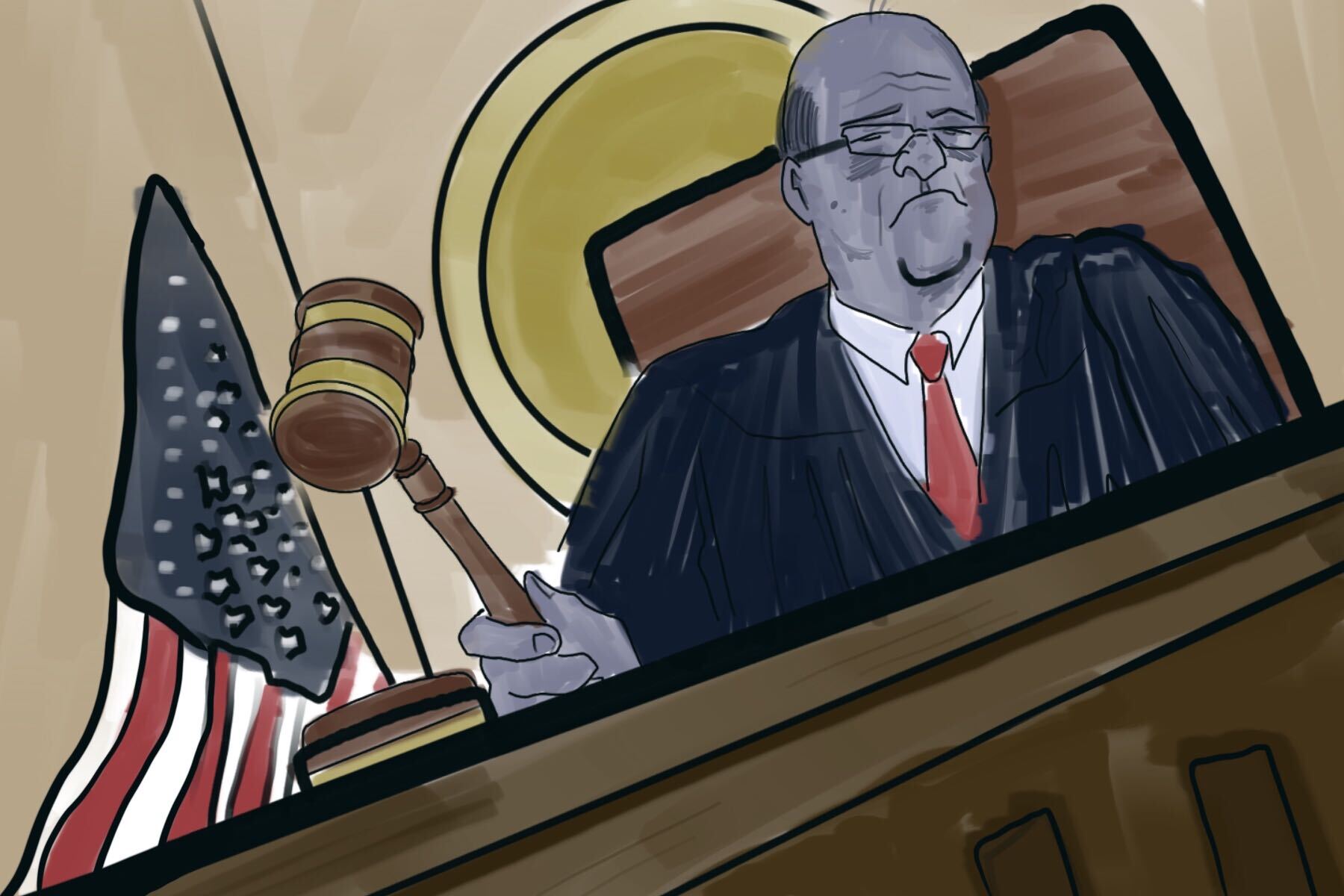Netflix’s latest docuseries, the six-part “Trial by Media,” goes into detail about some of the most dramatic trials in media history. In these trials, defending counsels gripped the nation by evoking social injustices and attempting to try the defendants in the court of public opinion; others tried to portray their clients as people abandoned by the law, forced to take justice into their own hands. Either way, “Trial by Media” talks about the ways television and news coverage can cultivate a certain reputation for people by creating a popular perception of guilt or innocence before, during and after their lawful verdict.
The series starts viewers off with a discussion of talk shows and reality television and how, despite their cultural impact, they do not bring anything of substance into a viewer’s life — which leads to an extreme example of a real-life murder prompted by a daytime television appearance. These kinds of television shows fed off emotional drama and catharsis from what could be referred to as “ambush TV,” which reached popularity during the ‘90s and early 2000s thanks to real-life drama like the O.J. Simpson trial and Bill Clinton sex scandal.
Shows like “Jerry Springer,” “Ricki Lake” and “Maury” were all about taking audience members and guests by surprise with constant bomb drops that resulted in explosive reactions. By filming apparently real people with more than real secrets, reality television gave viewers a sense of ironic comfort by having them think: “My life can’t be all that bad. Not when compared to these people.”
But that is simply the tip of the iceberg of the criminal cases shown off here. Courtrooms are depicted as a sort of television set while the legal proceedings mimic television episodes. “Trial by Media” tackles the different ways media coverage brought lasting effects to televising trials — sometimes in a negative way because of how sometimes pertinent information is released to the media instead of staying confined to the courtroom to keep things unbiased.
“Trial by Media” also does its job when revisiting older cases with modern eyes. This is seen in the true story of Cheryl Araujo’s sexual assault, the inspiration for the 1988 film “The Accused” starring Jodie Foster, as well as the show’s exploration of the “Subway Vigilante,” which may or may not have played a part in fleshing out the title character of director Todd Phillips’ 2019 movie, “Joker.” The latter, especially, is a good example of the controversial ways the media can portray criminals. The exploitation of it all can help mass media glorify crimes as a type of vigilante justice, as well as sensationalize trials by omitting or misrepresenting material relevant to the case.
“Trial by Media” is Netflix’s way of showing how the media coverage of criminal cases can be a form of entertainment itself. This turns reality into just another narrative to be consumed. “Trial by Media” can be quite unsettling to watch from time to time, especially since many of these moments won’t exactly have a happy ending to them. Nevertheless, it is still fascinating to see the ways each of these events became a part of the “media circus.”
Crimes that become media sensations can affect the lives of so many. Each episode of “Trial by Media” puts the legal system on full display — ironically, transforming the courtroom into entertainment once again. The combination of real-life violence and mass media will always have some impact attached to it. Whether it is for good or bad, people will find some way to be seduced by the world of crime that is produced by the world of the news. Because whether it an episode of “Law & Order” or the latest murder case on television, it can draw in some dedicated viewers.
















